Published in 2018 by Greenhaven Publishing, LLC 353 3rd Avenue, Suite 255, New York, NY 10010
Copyright 2018 by Greenhaven Publishing, LLC
First Edition
All rights reserved. No part of this book may be reproduced in any form without permission in writing from the publisher, except by a reviewer.
Articles in Greenhaven Publishing anthologies are often edited for length to meet page requirements. In addition, original titles of these works are changed to clearly present the main thesis and to explicitly indicate the author's opinion. Every effort is made to ensure that Greenhaven Publishing accurately reflects the original intent of the authors. Every effort has been made to trace the owners of the copyrighted material.
Library of Congress Cataloging-in-Publication Data
Names: Lusted, Marcia Amidon, editor.
Title: The college admissions process / Marcia Amidon Lusted, book editor. Description: First edition. | New York : Greenhaven Publishing, 2018. | Series: Issues that concern you | Includes bibliographical references and index. | Audience: Grade 9-12.
Identifiers: LCCN 2017034174 I ISBN 9781534502239 (library bound) I ISBN 9781534502819 (paperback)
Subjects: LCSH: Universities and collegesUnited StatesAdmissionJuvenile literature.
Classification: LCC LB2351.2 .C635 2018 I DDC 378.1/61dc23 LC record available at https://lccn.loc.gov/2017034174
Manufactured in the United States of America
Website: http://greenhavenpublishing.com
CONTENTS
Michelle Trudeau
Ben Jones
Liliana M. Garces
Jennifer Gratz
Richard C. Atkinson
.
Jon Marcus and Holly K. Hacker
Marian Wang
.
Robert Bardwell
Holly Korbey
Caralee J. Adams
Judy Woodruff and William Hiss
Stephen Burd and Rachel Fishman
What You Should Know About College Admissions
What You Should Do About College Admissions
O ne of the biggest tasks that many American high school students go through in their junior and senior years is the process of applying to colleges. In the 1960s and 1970s, the requirements for students who wanted to get into a good college were fairly simple: 1) high school graduation; 2) a minimum number of classes in certain subjects; 3) student rank in graduating class; 4) recommendation of the principal; 5) a personal interview; and 6) aptitude and achievement test scores. Most students applied to three or four colleges because applications required paper forms and handwritten essays and took time and effort.
In the last forty or fifty years, however, the scenario for students applying and being accepted at colleges has changed drastically. In 1960, 45 percent of high school graduates applied to and were accepted in colleges. By 1998, that number had grown to 65 percent and was also based on a larger population of high school students. There are simply more students applying to colleges, which makes the admission process more competitive. Students are being asked to identify potential careers in middle school and take aptitude tests to help them identify their strongest possible fields of study. Students are also taught early on that an education from a top, very selective school will help them achieve excellent careers and high paychecks, so the push is there to try for these extremely selective schools.
Many students now apply to colleges that they dont even have much of a chance of getting in to, based on their academic records, but they still try. This clogs the application process and skews the acceptance rate for prestigious schools. And with more and more competition for the few slots at especially selective schools, like Harvard, Yale, Dartmouth, Vassar, and other Ivy League schools, an entire industry developed around helping students get into colleges and universities. Today students enroll in prep classes for the Scholastic Aptitude Test (SAT), go to private tutors to help them write their college admissions essays, and sometimes even have private coaches who help them through the entire process.
In addition, students have many more recommendations for what they should do to make themselves appeal to college admissions committees. They participate in extracurricular activities and community service, they take Advanced Placement (AP) courses during high school, and they participate in enrichment activities in the arts or sciences or other areas that make them stand out from other applicants.
On top of this, students are applying to more colleges than they used to: today many students apply to ten or fifteen schools. It has become easier to apply to multiple colleges because all applications are done online, and many use the Common Application, a universal application that can be filled out once by the student and then submitted to many different schools.
The combination of these factors, and the competition for schools with good reputations, creates huge amounts of stress for high school students. They must spend long hours studying, especially if they are taking Advanced Placement courses or honors-level classes, but also participate in extracurricular and community activities. These workloads are in addition to whatever other normal activities students have to juggle, such as working part-time jobs, helping with family responsibilities such as babysitting or caring for a sick family member, helping with a family-owned business, or participating in church or club activities. This not only puts pressure on students, but it makes the stakes much higher. A student who has been doing everything possible to appear to be a good candidate for schools to accept into their freshman classes can be devastated and depressed if they dont get into their first choiceor even top choicesof schools.
In addition, high school guidance counselors, who should be available to help students make some of the biggest decisions of their lives, are often faced with the burden of too many students to help and not enough time or resources to do so. According to an article in the Atlantic:
[College admissions is] a mania to which more and more teens are subjecting themselves, pressuring applicants to pad their resumes and tout superficial experiences and hobbies, convincing them that attending a prestigious school is paramount. And critics say that mania has even spread into and shaped American culture, often distorting kids (and parents) values, perpetuating economic inequality, and perverting the role of higher education in society as a whole.
All this might make it seem that getting into a good college is becoming more and more difficult, if not impossible. But things are improving, according to many education experts. Demographics are changing in favor of high school seniors. There just arent as many graduating seniors each year as there were between 1990 and 2011. In 2011, the number of high school seniors peaked at about 3.4 million graduates, and since then it has continued to fall slightly to 3.3 million graduates a year in 2014. It is expected to begin to climb again starting around the year 2020. This means, simply, that fewer students are applying for college slots. Some colleges are even increasing the sizes of their freshman classes, so there are more slots open to applicants. Colleges are also making changes to their admissions processes and criteria. They are trying to accommodate students who are smart but not good at taking standardized tests like the SAT or ACT. They are also trying to make applications fair for students who cant afford to pay the application fees or who come from disadvantaged backgrounds.

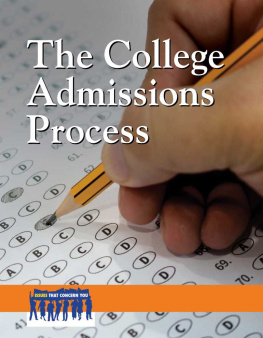
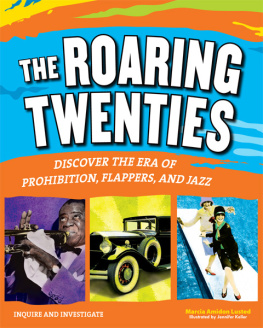


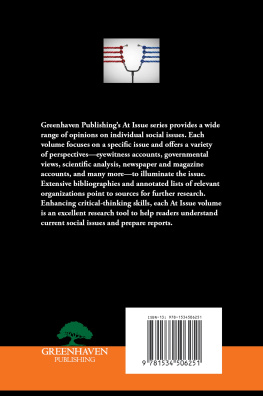
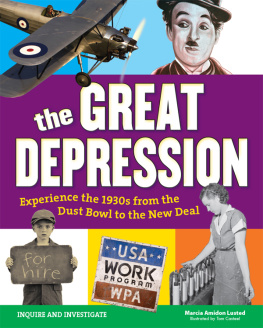


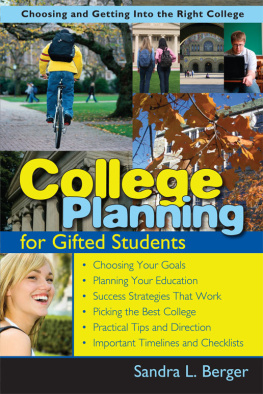
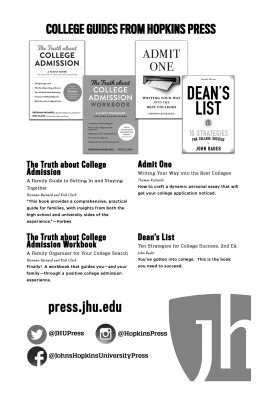
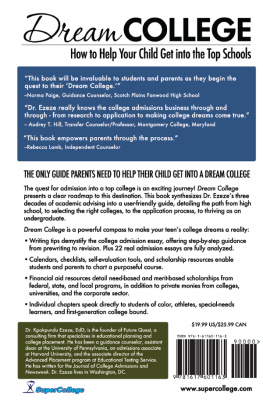

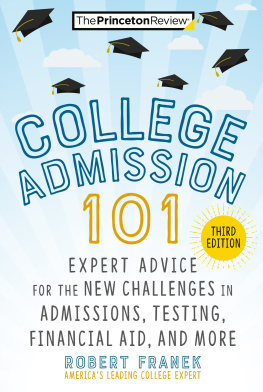
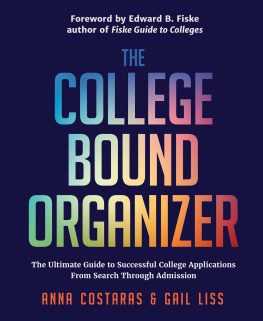
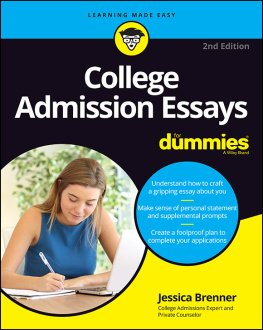



.jpg)